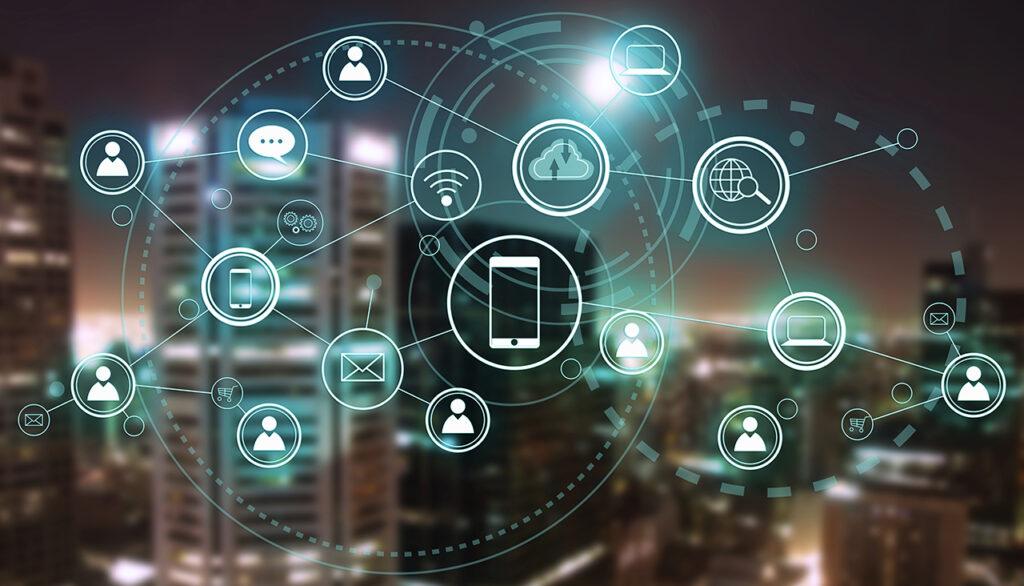Introduction
Staying related in the speedy-paced digital age is now a have. From streaming excessive-definition movies to controlling smart gadgets, our dependence on digital connectivity has in no way been extra. In this article, we will explain how the 5G era is revolutionizing digital connectivity and growing our online presence.
Understanding 5G Technology What is 5G
Before delving into the methods 5G improves virtual connectivity, let’s discern what the 5G generation is. 5G, quick for the 5th generation, is the contemporary well-known cellular networking. It succeeds 4G (fourth technology) and guarantees critical upgrades in speed, reliability, and potential.
The Speed Revolution
One of the great benefits of the 5G era is its blazing speedy speeds. With 5G, you may download massive files, move 4K films, and interact in online gaming with minimal lag.
This velocity raise is done through higher frequency radio waves, enabling statistics to be accrued at unheard-of fees.
Faster Downloads and Uploads
5G generation improves virtual connectivity using presenting download speeds of up to ten gigabits consistent with a second (Gbps) and adding speeds of up to at least one Gbps. Balance
this to 4G, which usually affords download speeds of around 100 megabits consistent with a second (Mbps), and the exchange becomes clear.
Reduced Latency
Latency refers to the delay between sending and getting data. With 5G, latency is dramatically diminished to as low as one millisecond (m s). This is crucial for applications that require real-time communication, such as online gaming, video conferencing, and sovereign vehicles.
Enhanced Capacity
5G technology also improves digital connectivity by broadening network capacity. With more devices attaching to the net, particularly with the growth of the Internet of Things (IoT), networks have to accommodate a bigger variety of connections without sacrificing performance.
Massive MIMO
The massive Multiple Input, Multiple Output (MIMO) era is a key function of 5G. It uses a huge quantity of antennas to transmit and obtain information synchronously. This no longer only boosts network capacity but additionally improves signal great, specifically in densely settled areas.
The Internet of Things (IoT) Revolution
The Internet of Things (IoT) is a network of interdependent devices that speak and percent statistics with each specific 5G plays a pivotal role in expanding the potentiality of IoT.
Seamless Connectivity for IoT Devices
5G’s low latency and high capacity make it ideal for IoT applications. Smart home devices, industrial sensors, and sovereign machines can all connect to the internet more efficiently, enabling better automation and control.
Improved Healthcare and Remote Monitoring
With 5G, healthcare providers can remotely monitor guest matches
parenthetically
subordinate vital signs in real-time. This has significant implications for telemedicine, where doctors can provide care and advice without the need for physical appointments.
Better Mobile Experiences
The improvement in digital connectivity isn’t limited to stationary devices. 5G enhances the mobile experience for smartphone users in several ways.
Streaming and Gaming on the Go
5G allows users to stream high-definition content and play graphics-intensive games without buffering or lag, even when on the move. This opens up new for enter prospects
ainment and productivity while commuting or traveling.
Augmented and Virtual Reality
magnified
Reality (AR) and Virtual Reality (VR) programs require massive bandwidth and low latency to offer immersive reviews. 5G technology delivers the essential performance for these applications, enhancing gaming, education, and training.
Environmental Impact
5G technology not only improves digital connectivity but also offers potential environmental benefits.
Energy Efficiency
in comparison to previous generations, 5G networks are more energy-efficient. This means that less power is requisite to operate the infrastructure, lessening
the carbon footprint associated with digital connectivity.
Smart Energy Management
5G can enable smart grids and energy management systems, allowing for more efficient energy allotment and consumption. This can assist in reducing energy wastage and promote sustainability.
FAQs
How does 5G technology differ from 4G?
5G offers fundamentally faster speeds, lower latency, and improved network potential related to 4G, making it ideal for an extensive variety of applications past conventional cell connectivity.
Is 5G available everywhere?
5G is gradually rolling out across the globe, but its availability varies by region. Major cities often have better 5G coverage, while rural areas may still rely on 4G or earlier technologies.
Are there any health concerns associated with 5G technology?
Extensive research has not found conclusive testimony linking 5G technology to adverse health effects. Regulatory bodies set strict safety standards for wireless technologies to protect public health.
What devices are compatible with 5G?
Many contemporary smartphones, capsules, and laptops are equipped with 5G abilities. However, you need a 5G-congruous device and a 5G carrier plan out of your cellular provider to get admission to 5G networks.
Conclusion
Finally, 5G technology represents a leap forward in improving digital connectivity, with its lightning-fast, low-latency, and intelligent 5G in how we connect to the Internet and transact with digital content. lot, Phone Express, and so far has been a success in environmental robustness.
As 5g is making its mark on the global stage, we can expect better applications and better connectivity in the future. Adoption of 5g technology means more robust and effective digital.

